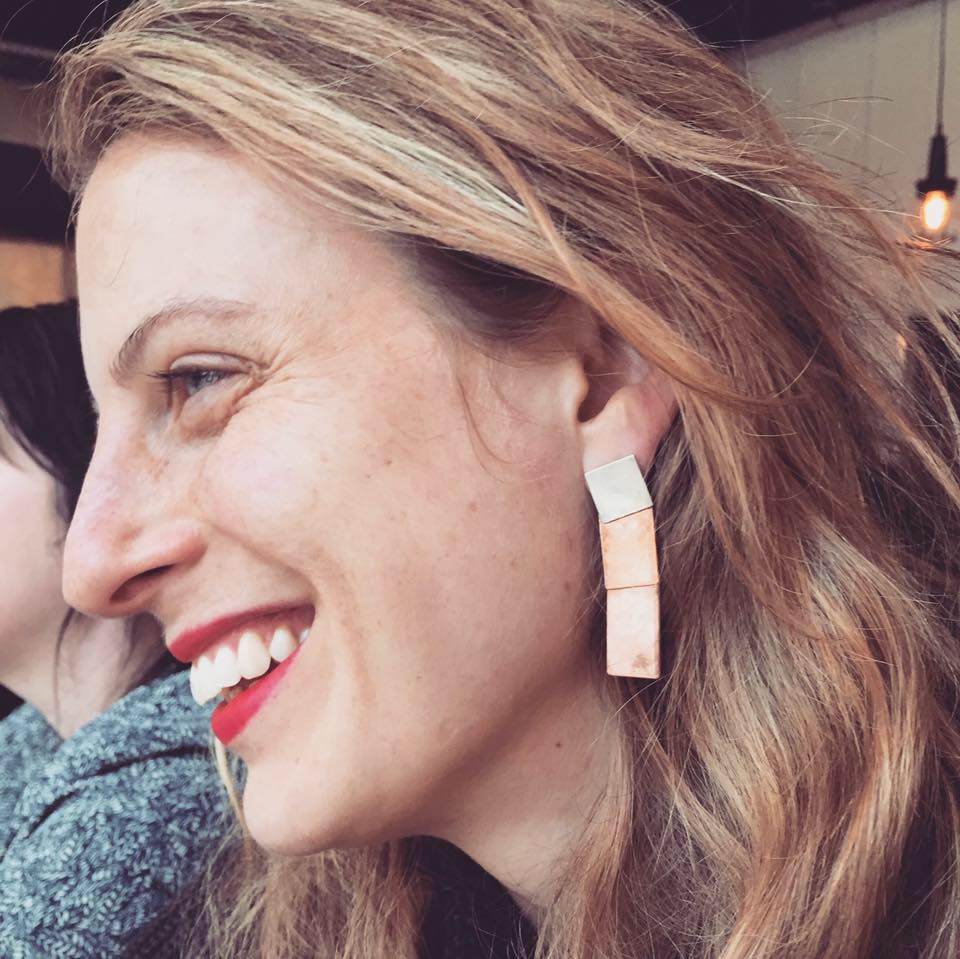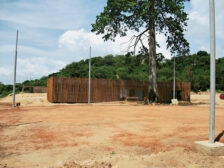Articles by Laura Raskin
Yangliu Village Housing
Taiwanese architect and 2011 Curry Stone Prize winner Hsieh Ying-Chun helps a Chinese village rebuild for the better after an earthquake, using local expertise and materials.
Read More
Center for the Advancement of Public Action
Three new buildings on the Bennington College campus incubate public action by fostering both discussion and quiet contemplation.
Read More
Matthew Marks Gallery
No Shades of Gray: Ellsworth Kelly has been collaborating with architects since the 1950s, and his latest project with Peter Zellner turns an L.A. gallery into public art.
Read More
Marysville Getchell High School Campus
Divide and Conquer: In a district plagued by years of bond failures and overcrowding, a high school initiates a fresh start with collegiate learning tracks and a complementary campus.
Read More
Machias Elementary School
Grading on a Curve: A rural elementary school pays homage to its surroundings with a sinuous form nestled in the landscape.
Read More
Copyright ©2024. All Rights Reserved BNP Media.
Design, CMS, Hosting & Web Development :: ePublishing

